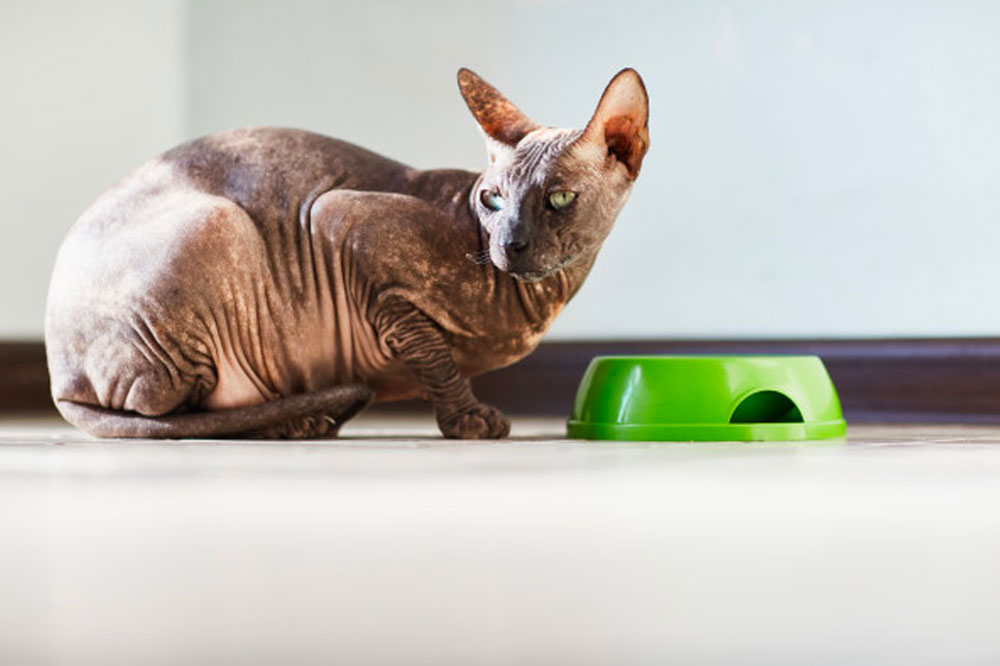
Dietary Tips to Manage Diabetes in Cats
Diabetes is a common health condition among cats, and feline diabetes is somewhat similar to Type 2 diabetes in humans, so weight management and diet play a vital role in managing the condition. While there is no ideal diet plan, some diet tips are helpful for cats with diabetes mellitus if followed carefully:
Low-calorie foods for weight management
Cats suffering from diabetes tend to gain weight rapidly, which makes it difficult to control their blood sugar levels as well. So, it is important to keep a close watch on portion size, and weight loss is the only option to reduce a cat’s insulin needs. For a safe and gradual loss in weight, you should measure the food before giving it to your cat. Also, weigh your pet frequently to make suitable adjustments in their diet. There are several diets for cats, but many of them are high in calories, making them unsuitable if your cat has diabetes. Ideally, a cat should lose one percent of body weight per week to ensure that their health isn’t compromised either, so you can consult a veterinarian for diet tips for cats with diabetes mellitus. Don’t forget, both quantity and quality matter, so your pet’s diet should not only be low in calories but also nutritious.
Consistency of the food
Checking the consistency of foods and treats is one of the most important diet tips for cats with diabetes mellitus. Cats with diabetes should eat the same quantity of food at the same time each day, which means the brand, product, and even the flavor should not be changed without consulting a veterinarian. You shouldn’t even interchange dry and canned foods. Also, a veterinarian will guide you through the insulin dosage for a day. Additionally, don’t offer treats to felines with diabetes mellitus as they tend to interfere with the amount of food consumed at mealtimes. It’s best to limit treats to 10 percent of their total calorie consumption and treat them at the same time every day. Also, ensure that the treats are also high in proteins and low in carbs; opt for beef, salmon, tuna, freeze-dried chicken, and liver.
Texture of the food
Keeping the texture of the food in mind is another useful diet tips for cats with diabetes mellitus. Though cats can be fed both dry and canned foods, the nutritional value of the food is extremely important. Most canned foods are generally low in carbohydrates, but some could be rich in protein and fat, which might not be suitable for your pet, so it’s advisable to check with a vet.
Diet plays a vital role in controlling diabetes mellitus in cats. Fiber manages blood sugar levels and helps overweight cats by keeping them full for longer. A protein-rich, low-carb diet is recommended for diabetic cats to maintain a healthy weight and prevent other complications.



